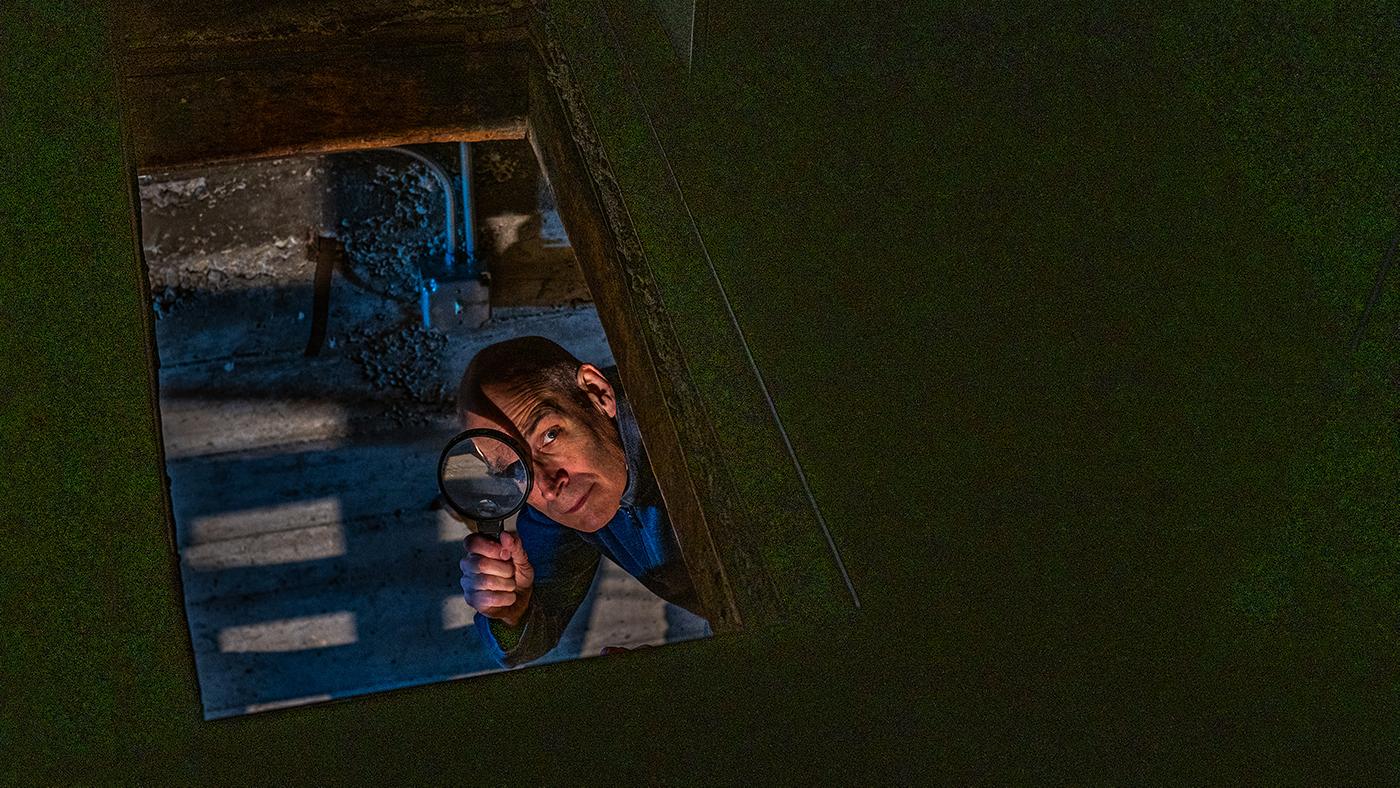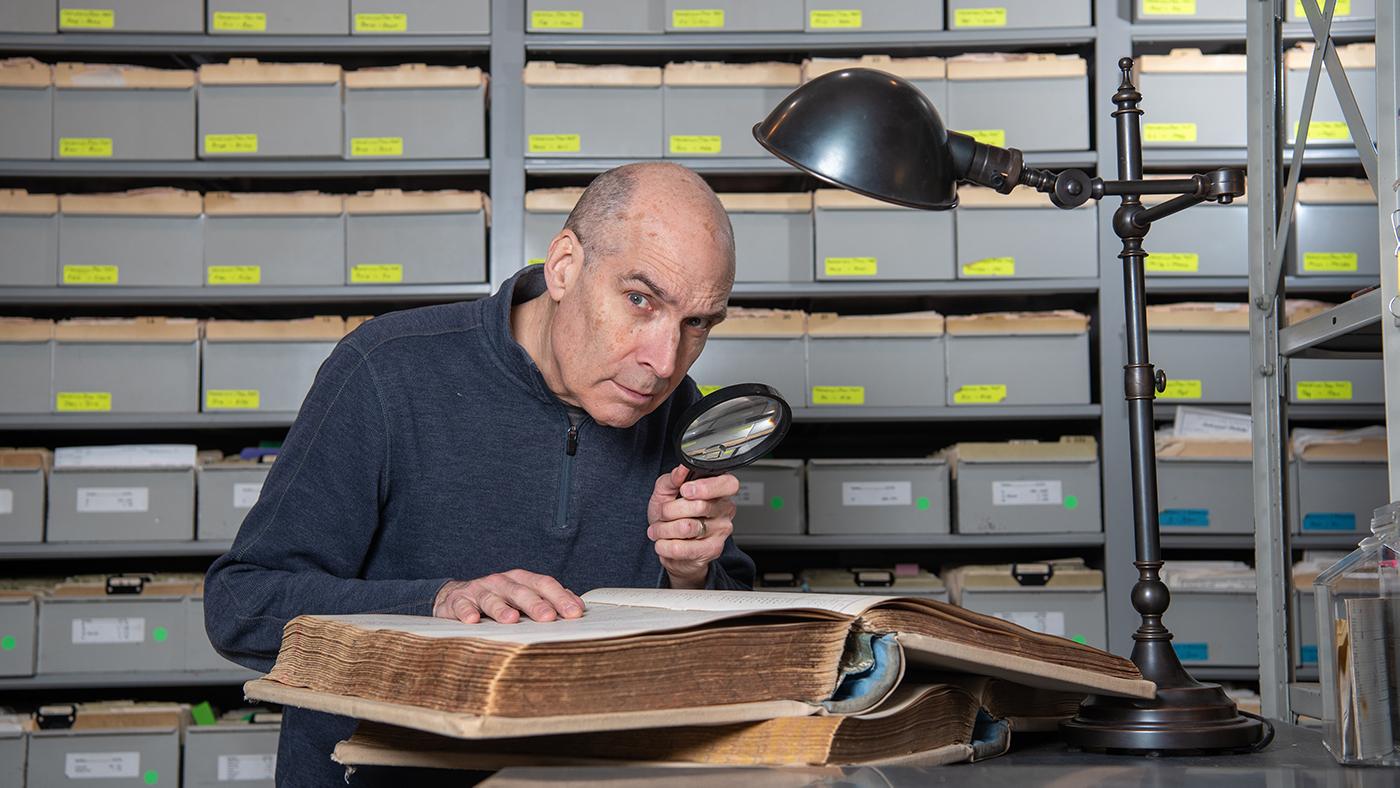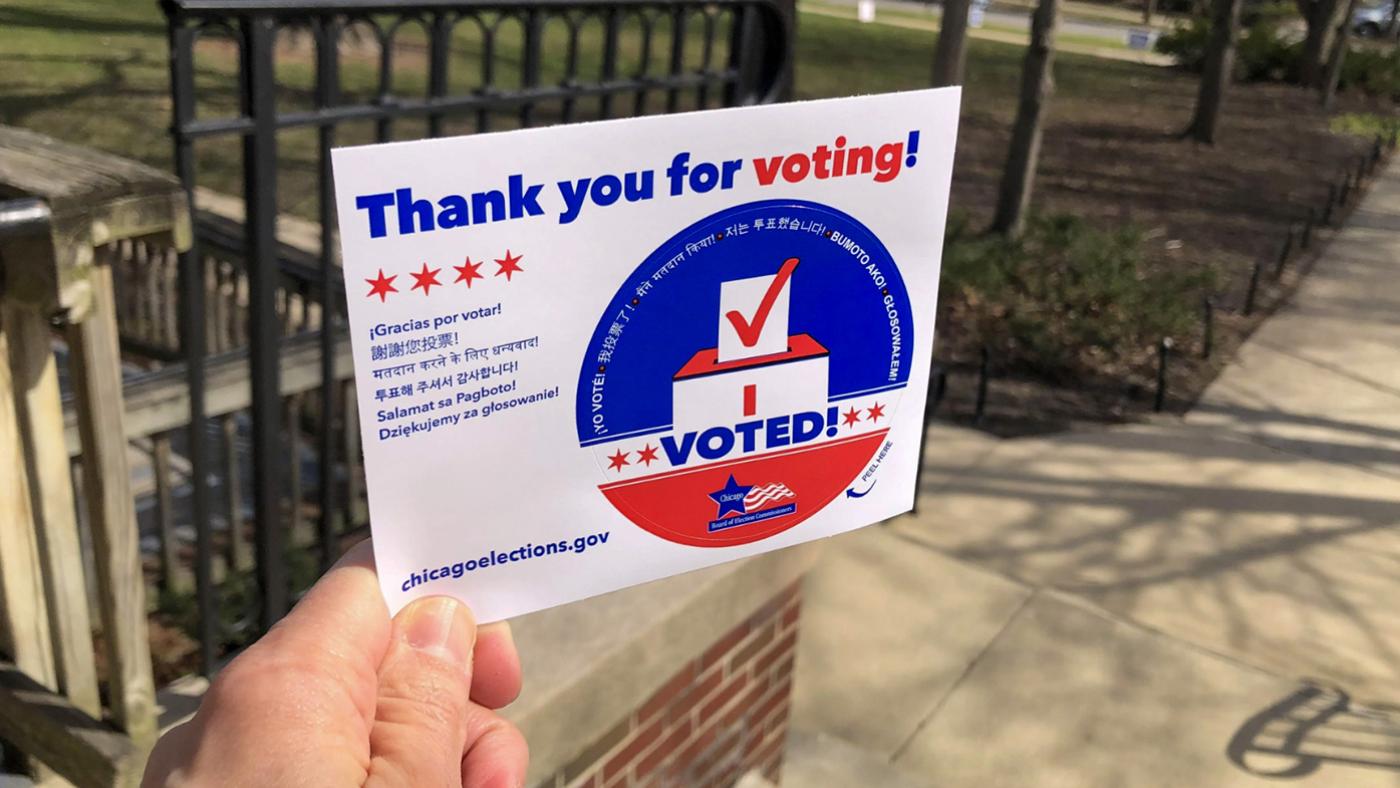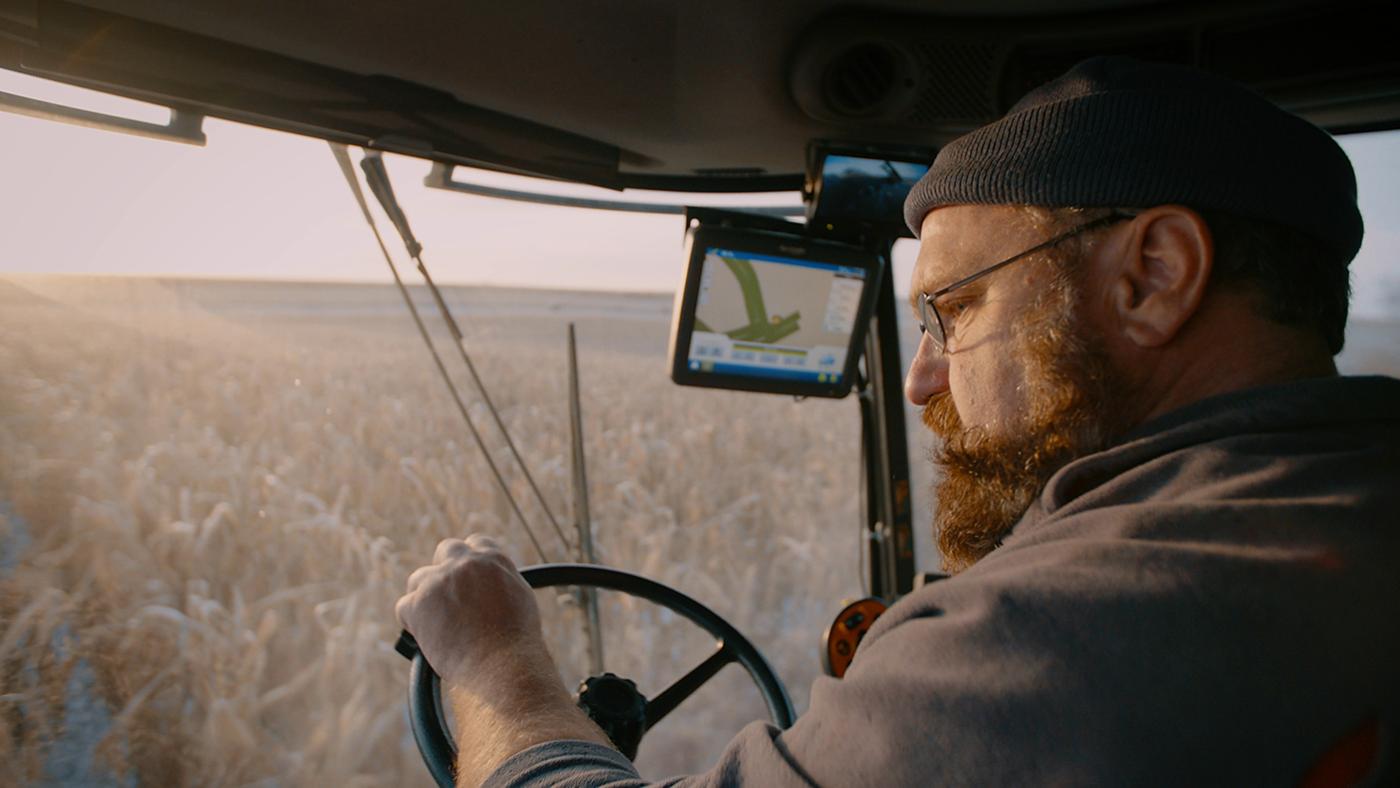A New American 'Nutcracker'
Daniel Hautzinger
October 29, 2017
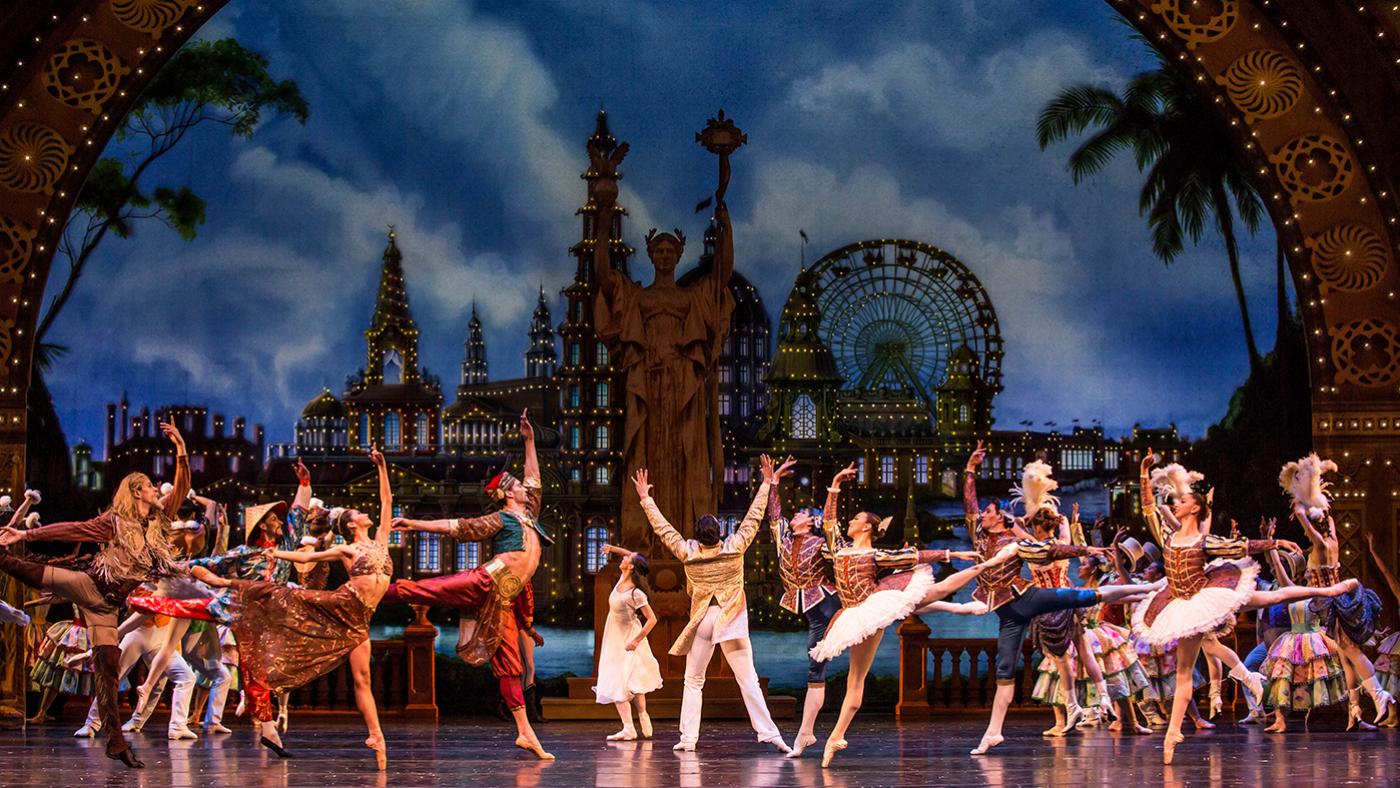
WTTW goes behind the scenes as the Joffrey Ballet creates a new Nutcracker in Making a New American Nutcracker, which s available to stream at wttw.com/nutcracker.
Ashley Wheater has taken part in a lot of Nutcracker ballets. He has been both the rowdy son in the ballet’s main family and the father. In England and Australia, he appeared in productions choreographed by Russians. The role of Drosselmeyer, the generous godfather, was once made on him. He has danced in a revival of the first full-length Nutcracker staged in America, and he also premiered the classic Robert Joffrey version. But, despite the ballet’s broad appeal, he always felt that it portrayed an exclusive world.
“Even though it’s everybody’s favorite classical Christmas ballet, it’s about a very wealthy family,” he says. “A kid who has more than she could ever dream of, and yet still gets more.” He also thought that, in its traditional form, The Nutcracker lacked an emotional core. “I wanted a meaning other than sugar, a real Nutcracker as opposed to a sugar-coated Nutcracker.”
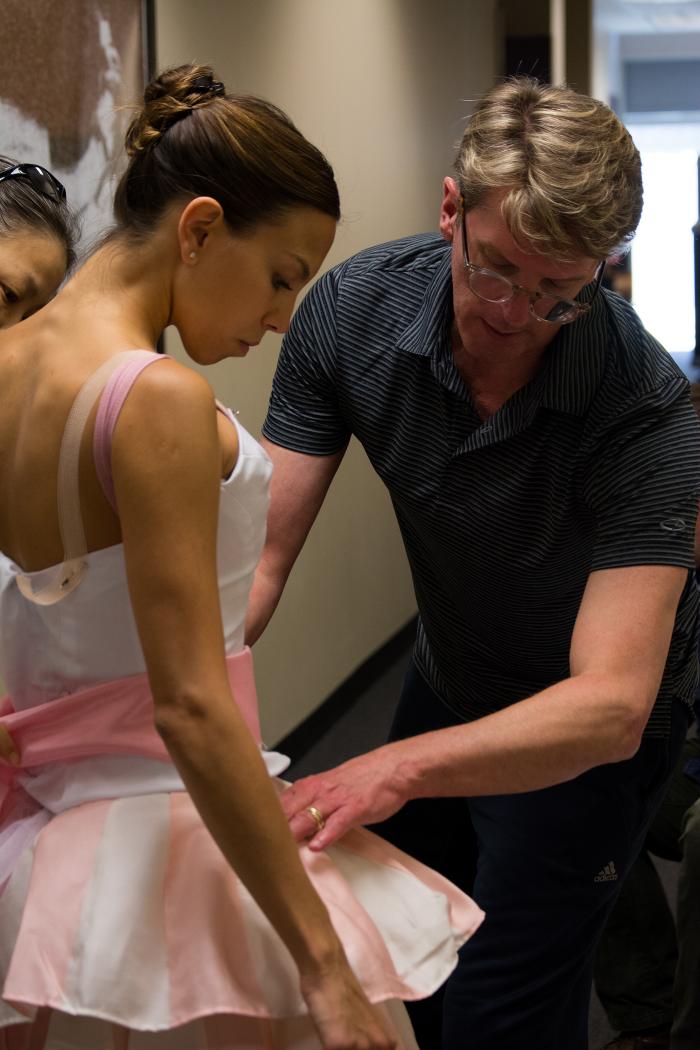 "I wanted a meaning other than sugar," Ashley Wheater says of the Joffrey's new 'Nutcracker.' Photo: Chloe HamiltonSo when he decided to create a new Nutcracker for the Joffrey Ballet, where he is artistic director, he wanted a production that reimagined the holiday classic as a more inclusive, meaningful story. “I actually want heart,” he says.
"I wanted a meaning other than sugar," Ashley Wheater says of the Joffrey's new 'Nutcracker.' Photo: Chloe HamiltonSo when he decided to create a new Nutcracker for the Joffrey Ballet, where he is artistic director, he wanted a production that reimagined the holiday classic as a more inclusive, meaningful story. “I actually want heart,” he says.
Soon after becoming artistic director of the Joffrey in 2007, he hit upon a unique idea: why not set the ballet at the 1893 Chicago World’s Fair? Living in Chicago and going to places like the Chicago History Museum had piqued his interest in the Fair, and he began to research the epochal event and its importance to the city. Around this time he had lunch with the popular choreographer Christopher Wheeldon, with whom he had often worked.
“Chris said, ‘You know, Ash, I’ve never done a Nutcracker. And I think if I did do one it would be great to do it with you,’” Wheater recalled. “And I said I would hold him to that.” Wheater pitched his World’s Fair idea to Wheeldon, and the choreographer slowly warmed to the premise. Eventually, with the costumes and sets from Robert Joffrey’s 1987 production deteriorating more and more every year, Wheater decided it was time for the Joffrey to mount a new Nutcracker. Wheeldon signed on, and they began organizing a creative team to reinvent the ballet.
To design sets and costumes, Wheeldon turned to a frequent collaborator, Julian Crouch, who in turn brought on the puppeteer Basil Twist. Both men had worked on Wheeldon’s reimagining of Prokofiev’s Cinderella, as had the lighting designer Natasha Katz, who also joined the Nutcracker team. Crouch introduced Wheeldon to Brian Selznick, a celebrated children’s author of books including The Invention of Hugo Cabret, which was made into an Oscar-winning film by Martin Scorsese. Wheeldon invited Selznick to write the libretto of the new Nutcracker. The team was rounded out by one final Wheeldon collaborator, the projection designer Benjamin Pearcy, who had contributed to Wheeldon’s An American in Paris musical (for which Wheeldon and Katz, who lighted it, both won a Tony Award).
“Chris sought out the best of the best, people who would respond to his ideas,” Wheater says. “He picked a stellar team.” The addition of Selznick was unusual; the libretto of a ballet is often created by the choreographer. But, according to Wheater, “A writer brings a different perspective. With Brian, who is such a brilliant storyteller, it just made sense. For Chris, having another point of view about the story helps him dive in to the choreography.”
With a creative team assembled, Wheater now had to break the news to the dancers that the Robert Joffrey production was being replaced – many people were attached to the old production, and the prospect of creating a new one was daunting. But having Wheeldon as the choreographer helped. “We love Chris here,” Wheater says, although The Nutcracker would be the first ballet Wheeldon choreographed specifically for the Joffrey. “The company loves working with him; he brings out amazing things from them. I think that if anyone in this generation was going to be a leader in how we dance and how we tell stories, Chris has been that singular person, to deliver the language of classical ballet in a very new, beautiful, and refreshing way.”
The team began developing a story. Instead of a wealthy, aristocratic family, the main characters would be working class immigrants living in a shack on the grounds of the World’s Fair before it opened. The mother of Marie, the protagonist, is a sculptor creating the iconic golden statue of a woman that overlooked the Fair, while Drosselmeyer, the godfather who gives Marie her nutcracker, becomes the Great Impresario, a Daniel Burnham-like figure spearheading the construction of the Fair. (In a serendipitous coincidence, the new production, set at Christmastime the year before the World’s Fair, occurs in the same month as the world premiere of the ballet, in December of 1892.)
In the second act, where the girl traditionally dreams of sugar plums, snowflakes, and exotic dances, Marie instead imagines that she has travelled to the Fair after it has opened. The Midway, where international pavilions allowed visitors to experience other cultures – often in stereotyped ways – provides an excuse for the Spanish, Arabian, and Chinese dances of the ballet. And the Russian dance? It’s now an American Wild West hoedown, performed by a lasso-touting Buffalo Bill, who set up his show next to the Fair and drew revenue and visitors away from the official event. (“Could you leave Buffalo Bill out?” Wheater says, grinning. “I don’t think so.”)
Finally, the grand pas de deux at the end of the ballet is now a romantic fantasy of a better life for Marie. The Great Impresario dances a passionate duet with Marie’s single mother in the guise of her statue, and at the end Marie takes his arm, finishing their embrace: a loving family is made whole. And in Marie’s hopeful dream of family, Ashley Wheater’s dream of a new Nutcracker with heart is fulfilled.

